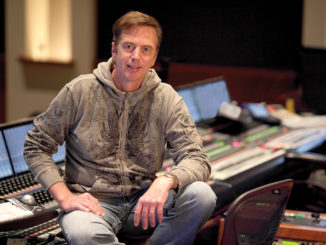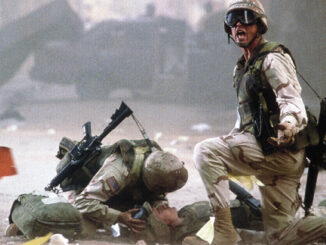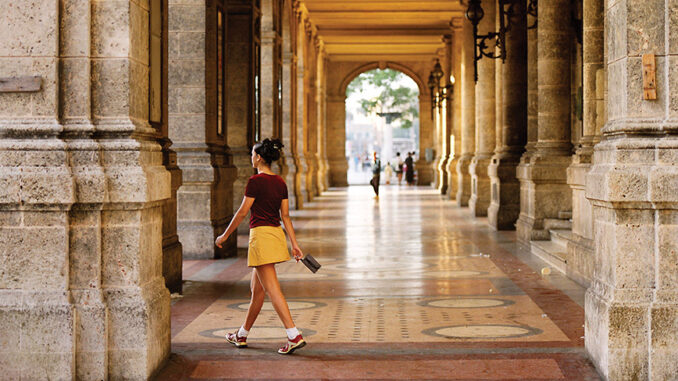
by Tom Fleischman, CAS • photos by Ric Schnupp
Over the past decade, production sound mixer Chris Newman, CAS — who has been something of a mentor to me during my whole career — has been retired from working on the set and has been teaching a production sound recording class at the School of Visual Arts in New York. For the past several years, he has often brought his students into my mix stage for a lab class on post-production and how production sound recordings are treated in post.
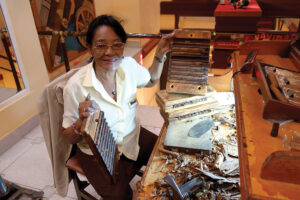
With the help and sponsorship of the Academy of Motion Picture Arts and Sciences (AMPAS), Chris and I turned these lab classes into a series of lectures, which we have given in New York at the AMPAS Lighthouse Theatre, in Los Angeles at the Linwood Dunn Theatre, and at the Festival do Rio in Rio de Janeiro. In December of 2015, Chris was invited to teach a series of classes on sound recording at the Cuban film school Escuela Internacional de Cine y Televisión (EICTV) in San Antonio de Los Baños. On his return early in 2016, he approached me about going back to Cuba with him and doing our joint lecture at EICTV and at the Havana International Film Festival, based at the famous Hotel Nacional de Cuba, the following December. I wholeheartedly agreed to join him.
We invited Ric Schnupp — with whom I work closely as mix tech and assistant, and who is also a re-recording mixer and sound editor at Soundtrack Film & Television in New York — to come with us for tech support. With the help of AMPAS, we were able to gather the materials that we needed to do the presentation, which consisted of digital picture and the separate dialogue, music and sound effects stems from the final mixes of each scene.
EICTV is an international film school that attracts students from all over Latin America, and some from as far away as Australia. Courses in all aspects of film production, including sound, cinematography, screenwriting, directing and acting are offered. The school was founded in 1986 by the noted Colombian author and screenwriter Gabriel García Márquez on a former plantation outside the town of San Antonio de Los Baños 25 kilometers (15.5 miles) southwest of Havana. One thing that struck me when I saw the school were the slogans and sayings painted on the walls in many different languages — by all of the visiting filmmakers who had come to teach there. It seemed like hundreds of them, and was very impressive.
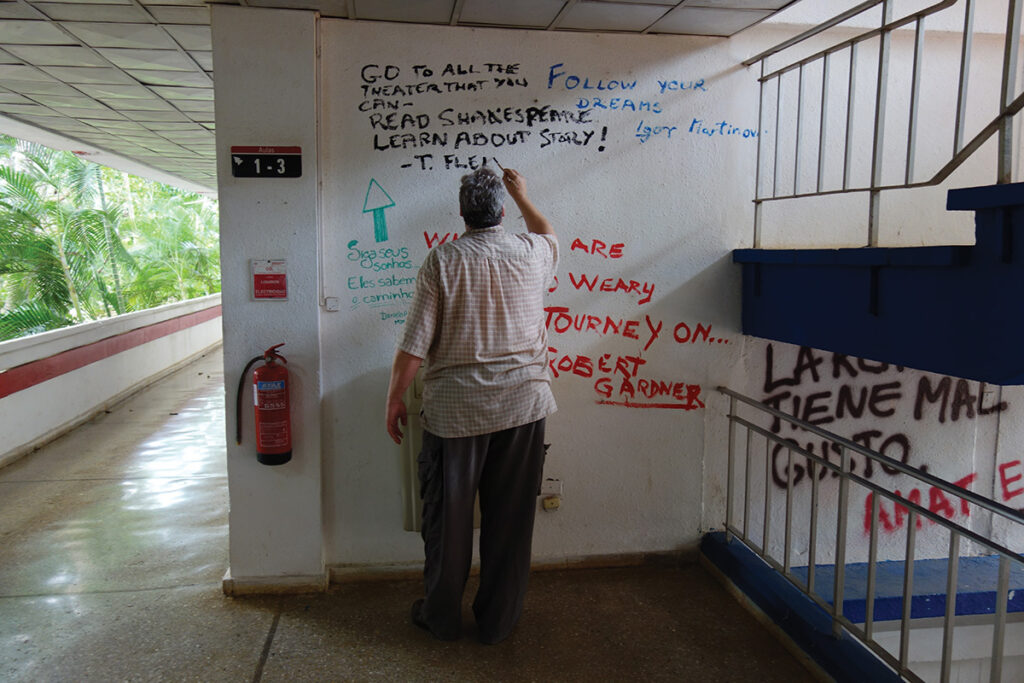

Chris, Ric and I took off from JFK on a direct flight to Havana and arrived on the afternoon of Sunday, December 4. We were met at the airport by the head of the school, Jerónimo Labrada, and one of the English-speaking students, Homer Mora, who would serve as our technical liaison and also help with translation. One of the biggest challenges we faced on the visit was the language barrier. Some of the students spoke some English, but for the most part, outside of Havana, the people of Cuba speak only Spanish; translators were essential.
Our presentations used scenes from movies that Chris and I have worked on together as production and re-recording mixers, respectively. For the Cuba trip, we chose three scenes — two from The Silence of the Lambs (1991) and one from Philadelphia (1993). From Lambs we used the scene of the initial meeting between Clarice Starling (Jodie Foster) and Hannibal Lecter (Anthony Hopkins), as well as the final confrontation between Clarice and Buffalo Bill (Ted Levine). From Philadelphia we chose the well-known “Opera Scene” wherein Andrew Beckett (Tom Hanks) describes the Maria Callas aria “La mamma morta” from the opera Andrea Chénier to Joe Miller (Denzel Washington).
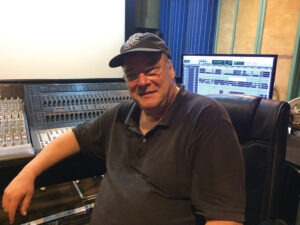

In each of these, the focus was on a different aspect of the track. In the first Lambs scene, we focused on how the dialogue was treated to create differing perspectives in Lecter’s jail cell. In the second, we dealt with how Automated Dialogue Replacement (ADR) and sound effects were used, and how the music was structured to make the scene play. And the sequence from Philadelphia concerned the problem of live playback on the set — clearly audible in the production track — and how it was handled and overcome at the final mix without the use of ADR.
For the lecture, we played the scenes one at a time and, in each case, Chris described how each scene was shot and recorded. Then, using the separate stems, I played the pertinent parts of each scene again — with each stem isolated — and spoke about how it was mixed, as well as described some of the problems we faced in post-production and the solutions we used to overcome those problems.
For the first three days, Chris taught production recording classes while Ric and I used Monday to work with Homer to set up the mix room for the joint lecture, which we were scheduled to do in two sessions on Thursday and Friday morning. This left Tuesday and Wednesday free for Ric and me; we went to Havana for some sightseeing and to get set up for the festival lecture on Friday afternoon.
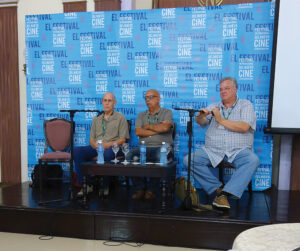

We stayed in a Casa Particular, the Cuban version of an Airbnb, directly across the street from the Hotel Nacional, with a very nice family who served an excellent breakfast. We toured Havana, saw some amazing old cars, had some great rum and cigars, heard wonderful music and ate excellent meals.
Then it was back to EICTV, where we began the lectures. Because of the small size of the mix room, we did the lecture in two sessions. In all, approximately 40 students who were majoring in sound attended. All of the students and staff at the school were engaged and appreciative. They asked great questions and we made some wonderful new friends. One of my favorite parts of the trip was the three of us hanging out at night with a group of English-speaking students, drinking rum, smoking Cohibas and telling war stories.
On Friday afternoon, the three of us went to Havana to do the lecture again for the film festival at the Hotel Nacional. Before leaving on Saturday morning, Chris and I both signed the wall outside the sound department.
The Cuban people were some of the warmest and most open that I have met anywhere, and I can’t wait to go back and do it again. But I’m going to learn some Spanish first.


